Mike Evans did a terrific job of summarising the “plight” that CL owners find themselves in now that Leica has ‘pensioned off’ its favourite camera. I and many others regarded the Leica CL as one of the best APS-C format cameras in the world. Yet I put plight in quotes because it has taken all of 60 days to show what a short-sighted decision Leica made. Within weeks of signalling Leica’s discontinuing the CL, Canon announced the R10 and R7 APS-C cameras.
Canon EOS R10
The R10 is an entry-level model with the body selling for $979 net in the USA (£899 in the UK, including 20% tax). With an RF-S 18-150mm f3.5-f6.3 stabilised lens weighing about 10 ounces (284g), the price rises to $1,379 (£1,249). The R10 body includes a 24.2 MP sensor, IBIS stabilisation, and a 15-fps mechanical shutter.
The body weighs 11 ounces (312g), less than the Leica CL. Also, you can save a couple of hundred by buying it with a collapsible 18-45mm lens. Since I haven’t yet used or seen an R10, I won’t say more about it. The EOS R7 is a different case since I have owned and used it for close to a month.
Canon EOS R7
I love the Leica CL’s overall quality and the photos I was getting from it. Still, I knew from 60 years’ experience that I invariably upgrade my cameras and lenses every 18-24 months. I don’t want to have orphan camera bodies that I can’t sell for close to what I spent. That’s why my photo activities have never turned into a money pit.
I really appreciate APS-C cameras, and I have shot different Fujifilm cameras for more than ten years. Yet, I felt the newly announced Canon R7 was the best choice for me. According to the early reviews, it provided both in-camera IBIS stabilisation and lens stabilisation, which is a deadly-effective combination, as we’ll see below. It has a 32-megapixel sensor and auto-focusing that’s faster and more accurate than the Leica CL.
Some weatherproofing claims were made for the R7 body, but I bet the newly issued RF lenses weakened that assertion. The auto-exposure and focusing are uncanny; it’s the only camera I trust to set to P (Program) and come away with 95% perfectly exposed and focused shots! It has cut my chimping activities sharply and let me concentrate on composition and lighting.
The R7 body is somewhat larger and heavier than the CL. It reminds me of the early DSLR Pentax and Olympus bodies in weight, size, and handling. I’ve already bought a Canon RF 50mm f/1.8 five-ounce (142g) lens that permits me to carry the camera slung under my jacket, out of sight. With the R7, the RF50 is an 80mm full-frame equivalent; the focal length I prefer for shooting people, pets, life on the streets, and many indoor activities.
When I wanted to mount even lightweight, long lenses on the CL, I had to use it with a baseplate/grip and thumb support to steady the lens. Because the grip and “feel” of the Canon R7 body fits my hand so well, I don’t have to bother with any accessories. The slightly heavier R7 is more stable and comfortable than the CL, regardless of which lens is mounted on it.
The built-in grip and the stabilisation make it feasible to often shoot indoors without special lighting. Mocha’s headshot was taken at midnight by the light of a single bulb in the hallway. Although it’s ISO 6400, as I view it full screen on my 32in monitor, the background is creamy with no apparent grain, his whiskers are sharp, and the R7 automatically focused on his eyes.
The Canon R7 body costs $1,499 (£1,348). When bought with the RF-S 18-150mm, 3.5-6.3 IS STM lens, the cost is $1,899 (£1,699). That’s within $50 of what I received for the Leica CL with the 18mm f/2.8 pancake lens when I sold it on eBay. Without lens stabilisation, I doubt if I could have captured this image with such clarity on the Leica CL.
RF-S 18-150mm 3.5-6.3 IS STM Lens
My favourite lens for the CL is the Leica APO Vario-Elmar 55-135mm f/3.5-f/4.5 ASPH, which sells for $2,195 at B&H (£1,550 UK street price). I used Sigma f/1.4 30mm and 56mm L-mounts to augment the zoom, but the telephoto usually gave me all the range I needed (83-203mm full-frame equivalent), and it is built like a tank.
The RF-S lens that Canon sells for the R7 is the RF-S 18-150mm 3.5-6.3 IS STM lens. It weighs only 10 ounces (284g) and offers a full-frame equivalent range of 29-240mm. But it doesn’t have a metal mount, nor any controls or weatherproofing; its maximum aperture is 5.6 or worse at most focal lengths. I bought it with the idea of selling it off when Canon or a third-party manufacturer came out with “enthusiast” lenses that were faster but still lightweight.
Within a day of receiving the camera and lens, I ran my usual telephone pole test in which I photographed the top of the telephone pole in my backyard, which is about 30 feet from my back door. By comparing the photos to the ones I’ve taken with earlier camera-lens combos, I can quickly determine those lenses that I want to return immediately. Of the 20-30 combos I’ve tested, the Leica Vario-Elmar 55-135mm on the CL is one of the best. The Leica image looked like this when I took it last year.
The pole is about 30 feet from the house, and this gear is about 30ft above the ground. The connections bring internet and video into my home.
Here is the same image shot with the Canon R7 and its RF-S 18-150mm lens. Both photos were made with the lens nearly extended for full magnification. Canon reserves the “RF-S” designation for lenses designed for APS-C cameras.
The most significant difference I see is the Leica shot was made on a cloudy day. There doesn’t seem to be any quality difference between the two images, except that the Canon RF appears to provide more of a feeling of depth. If you view both images on a 32in monitor, the labels on the connections can be read. The Leica lens lists for $2,199 (£1,550); the Canon lens lists for $499 (£519). This is the virtue of mass production. Contrary to what many people believe, the Leica lens is made in Japan, and the Canon lens is made in Taiwan.
The Canon R7 will interest Leica CL owners considering upgrades. The camera body appears as well-built as my Leica CL, and it outguns the CL in nearly all other ways.
When Canon releases more RF-S lenses with weatherproofing and metal mounts – WATCH OUT! The Canon RF-S cameras and the Fujifilm X-2HS (see below) will dominate the market and start to cause doubt in those who are now considering (or reconsidering) full-frame cameras.
In the meantime, if you have any qualms regarding longevity or build quality, simply buy the 48-month Canon CarePAK plan that adds about 10% to the purchase price.
Here Comes the Fujifilm X-2HS!
As if Canon wasn’t causing enough problems for Leica, the Fujifilm X-2Hs with its advanced APS-C sensor has just been released. This is precisely the high-end APS-C camera that Leica should have developed as an upgrade to the CL. It goes beyond the features of the Canon R7 by including a sensor similar in design to that used in the Canon R3, professional-grade video, a sturdy metal body, and full weatherproofing.
The Fujifilm X-2HS body sells for $2,499 (£2,499). The recommended new lens, an 18-120 f/4 stabilised zoom, adds $899 to the basic package (no UK price as yet). Thus, the total is about $3,500 (£3,500). This is about $1,600 more than the R7 with the 18-150mm zoom but only about half the cost of a full-frame Nikon Z9 with a 24-120mm lens. Fujifilm’s roadmap has also promised several small fixed-length lenses.
Here’s hoping that Canon follows Fujifilm’s roadmap for their RF-S lenses: First, release a high-quality 24-120mm f/4 weatherproof zoom selling for less than $1,000 and weighing less than a pound; and later, even smaller f/1.4 16mm 30mm, and 56mm, weatherproof fixed-length lenses. These three fixed-length lenses may well become the “Holy Trinity” for APS-C lenses and be sold as a set by major APS-C brands such as Canon, Fujifilm, and Sony.
Reflections on being Leicaless
Already I somewhat regret selling my Leica CL and its lenses. They are collector’s cameras and terrific in the field too. I know I’ll return to the fold if Leica comes out with an even smaller, more pocketable version of the CL that is about the same size as the Leica IIIg with a collapsable lens.
The first camera with which earned money was a “Luftwaffe Leica”, a Model IIIg, with a collapsable 50mm f3.5 Elmar lens that had seen service during World War II. I bought it from a military photographer who used it as a backup camera during the Korean War. I carried it everywhere and used it to shoot weddings and even a college queen contest.
I sold it to pay for a new Konica with an unbelievably-sharp f1.9 lens. This became my favourite wedding camera for my last year of college. Today, that genuine Luftwaffe Leica IIIg would be worth a small fortune — maybe I made the same mistake in selling the CL last month.
One of the most satisfying parts of shooting with a Leica is the Leica community, a group of fanatics who are honest, helpful, and enthusiastic. They, alone, are a good reason for shooting with a Leica; the cameras themselves are icing on the cake.
My dream camera for travel would have the form factor and weight of a Leica IIIg, plus a very small (or collapsable) 18-55mm lens, body and lens stabilization, weatherproofing, and an APS-C sensor. I also hope that it would be an affordable Leica rather than a replica made by Canon, Fuji, or any of the other major camera manufacturers.
Here’s what I aspire to with my personal photography. The first photo was taken in Halong Bay, Vietnam, with one of the Sony RX100 cameras. As we got underway in our small boat, I grabbed the camera out of my jacket pocket and took the shot. This is right out of the camera, and I’ve exhibited 20×30-inch prints of this despite it being taken with a 1” sensor.
All my favourite photos are grab shots where I had about a second to get the image I wanted. My cameras must be small and inconspicuous. I typically prefocus on the distance at which I’ll be shooting, or I rely on a very fast autofocus system. The Sony RX100 models are all tiny and fast-focusing, but their pop-up viewfinders and menu are close to useless.
The Leica CL is great for its size and imaging, but most of its lenses I consider heavy and oversized. The Canon R7 leads the pack (of the 50-odd cameras which I’ve owned) for its fast and accurate focusing and superb viewfinder, but it still needs to go on a diet for the size and weight of its body and most of its lenses. Until a still-newer and smaller body comes out, I’ll be doing most of my shooting with the RF 50mm f/1.8 lens that makes the package not much larger than the Leica Q2.
Ah well. At least the world hasn’t ended with the demise of CL. We owe it to ourselves to keep an open mind for new opportunities and, arguably, better options. It will be interesting to find where I am with all this in a year’s time…
Steve Frankel is a successful cruise and tour planner through his company, Cruises and Cameras. He specialises in planning small-ship cruises exceeding 15 days, food and wine experiences, travel photo opportunities, and Covid-19 mitigation strategies. You can find him at Cruises and Cameras.
Want to contribute an article to Macfilos? It’s easy. Just click the “Write for Us” button. We’ll help with the writing and guide you through the process.


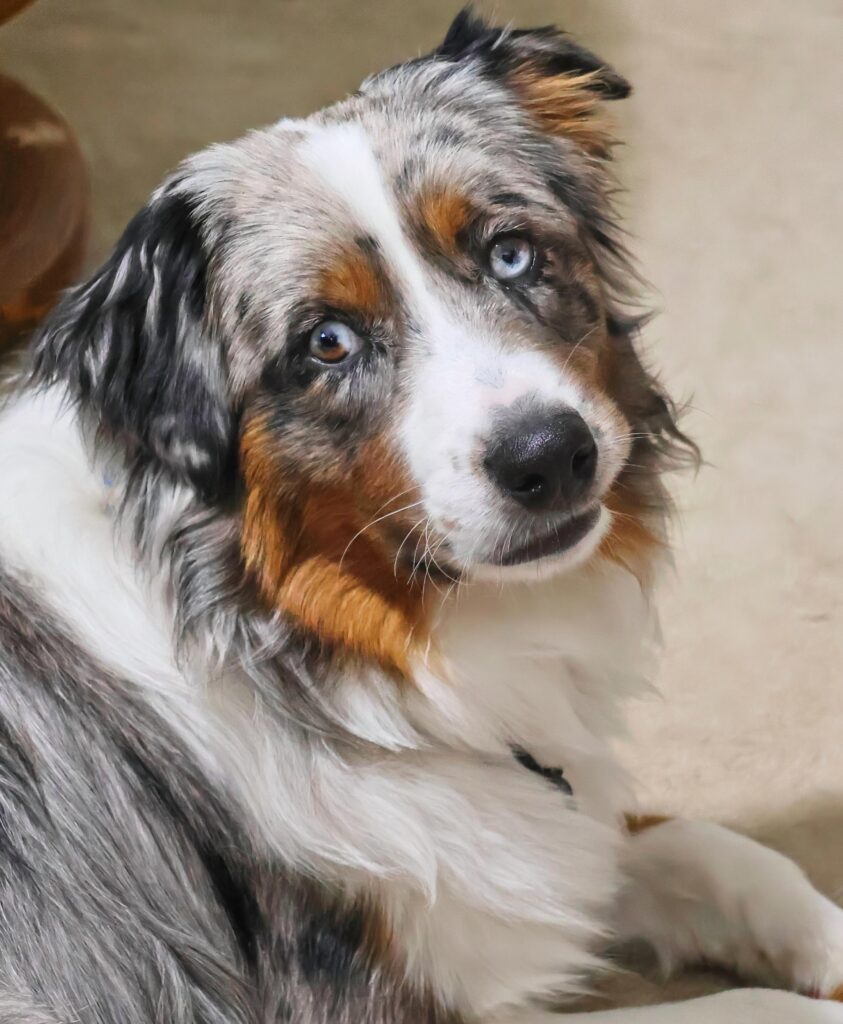
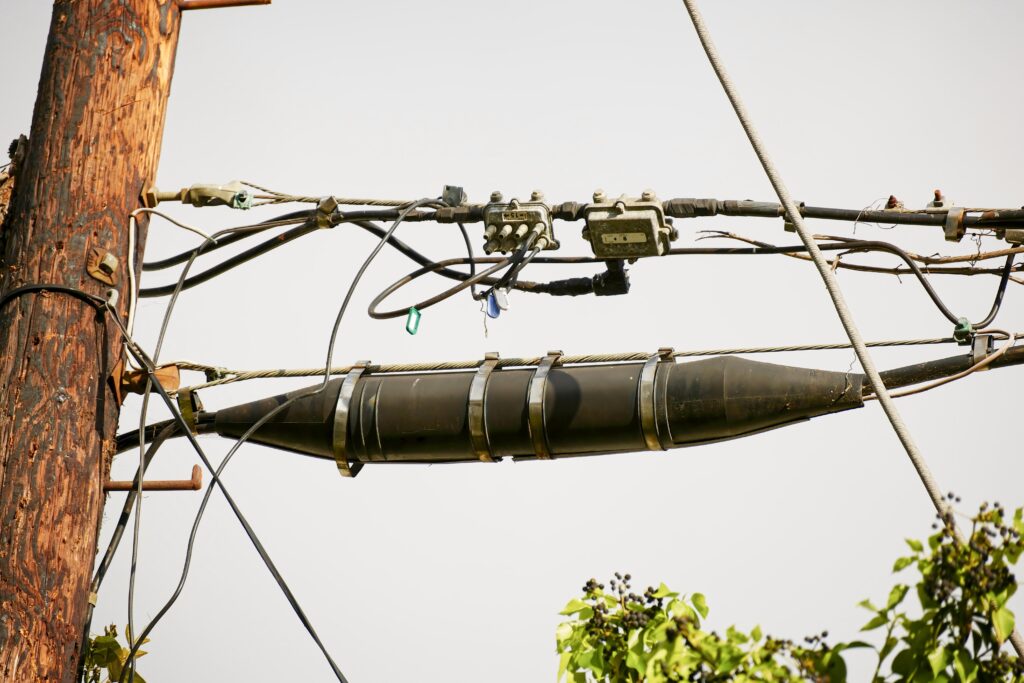
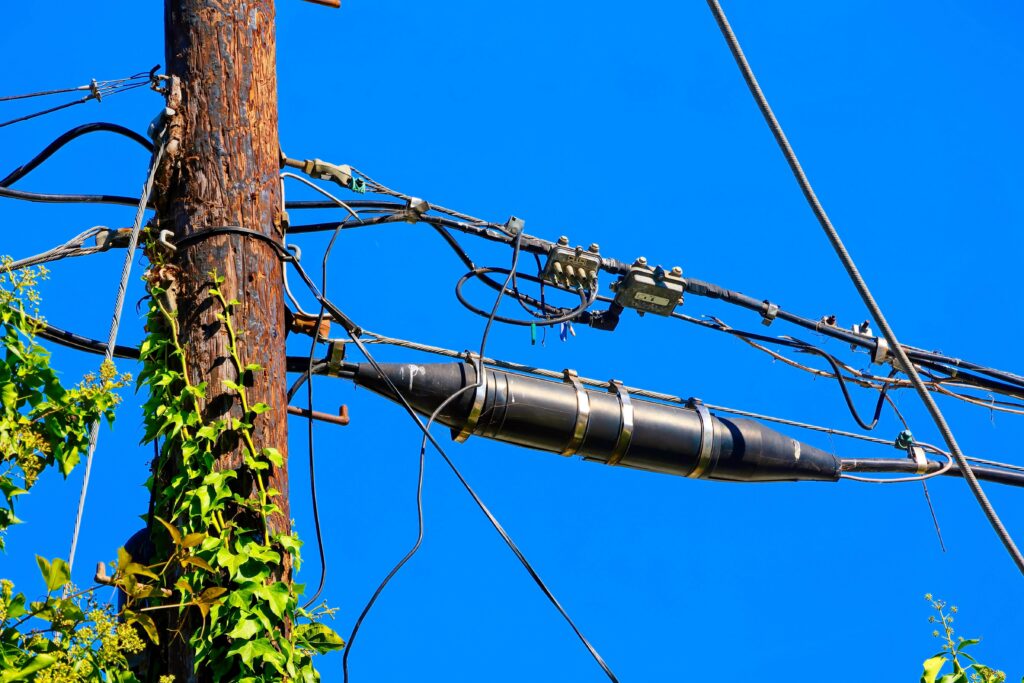
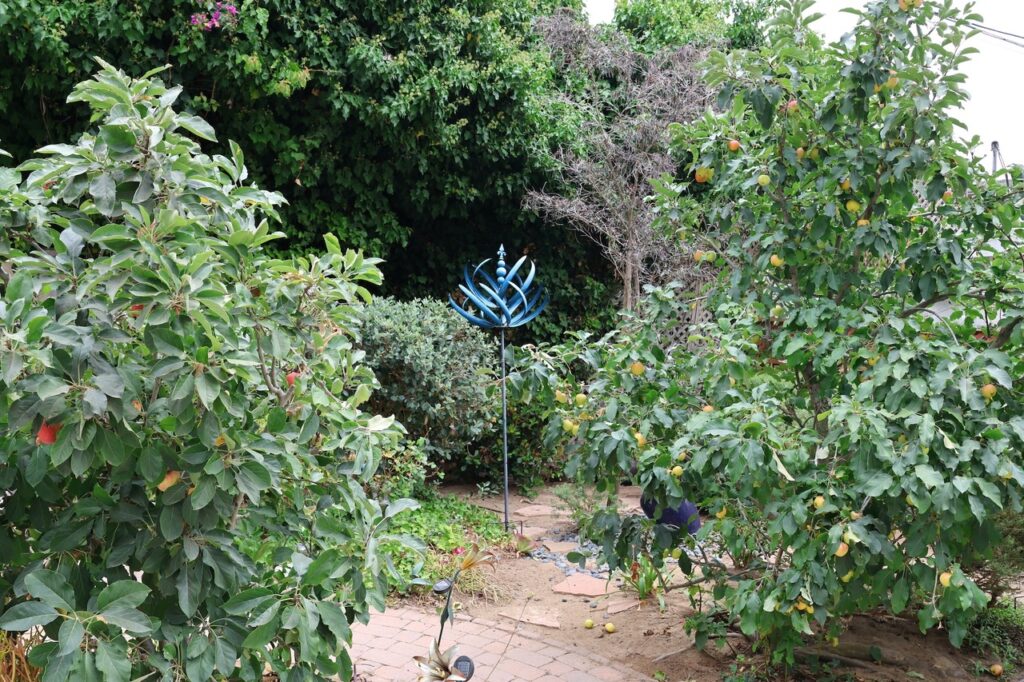
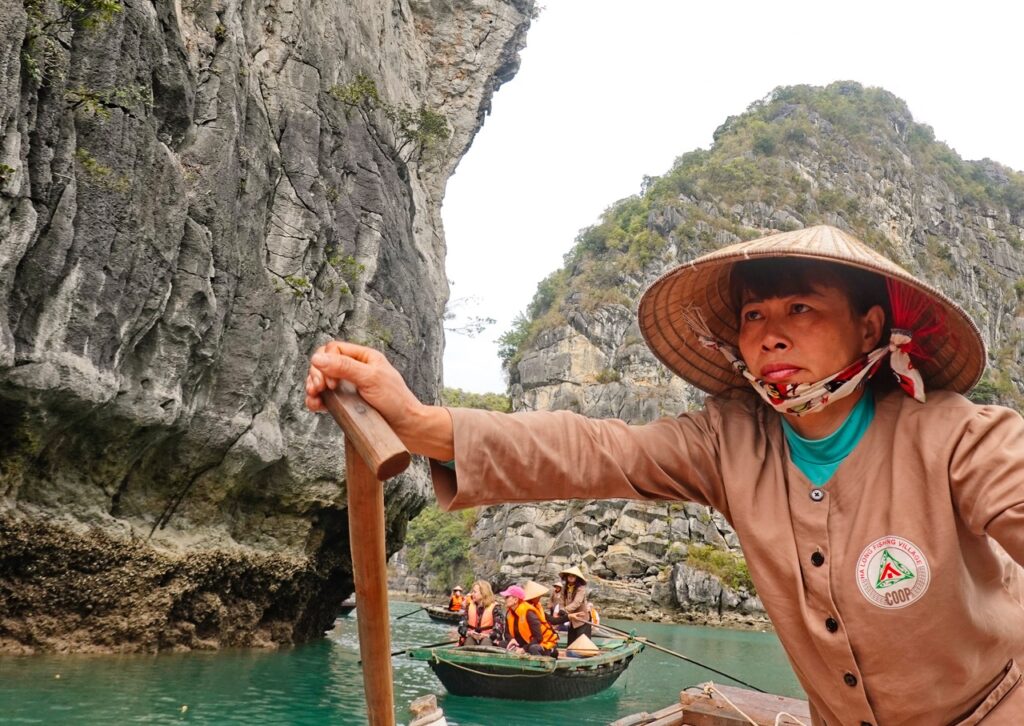

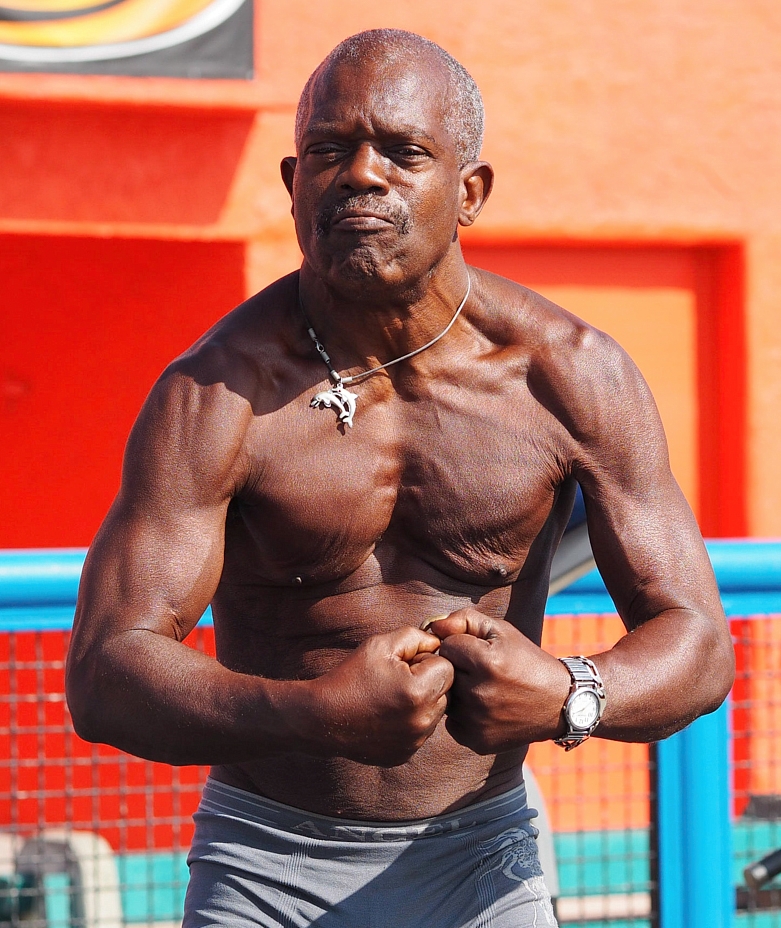




You are so right about Leica and. APSC I was not a fan iof the CL but love the TL2 it so dovetails with my M10;monochrom have the evf which works on both . Want small high quality colour to slip in the bag. So sad Leica have given this up ,, Will probably buy Fuji at some point . Oh and forgive me but Leica lllg was strictly a post war camera. Helpful article thankyou
I have a Nikon Z50. Checks all my boxes.
Thank you for this article Steve. As an X 113 owner, which is one of my personal favourites, and a camera I still love using. I have pondered the future of my APS-C solution. Yes, I carry an amazing FF camera everywhere with me – but that like the CL is in demise, no longer supported by Nikon (it is a Df), and potentially I carry a bag full of kit that may expire in the coming years.
Yes Nikon will probably keep resolving the Df in the near future. But with its change of direction to mirrorless, perhaps suggests that the Df will soon end.
So I do have half an eye on what is in the bag, and what I may need to consider in the future purely to ensure I have something to shoot with.
I hope, for my own sake, that both the Df and X keep going in the coming years while we see what pans out before us.
Panasonic has announced a joint camera development with Leica that appears to be M43. That is an exciting announcement for me.
The press release is just like the previous one pretty unclear. It mentions the joint camera development and the fact that Panasonic will stop producing very cheap cameras, not much more.
I saw that this morning. Unfortunately the site is in limbo for the next two weeks and we can’t cover it in an article. Thanks for raising it here.
Maybe it will be a more compact full frame. I am excited- Leica will be able to roll out more products which can only be a good thing for them and me.
Apparently a smaller Canon RF APS-C camera is about to be released soon as well. According to CanonRumors this camera would be close to the Canon EOS M6 Mark II in design
The Canon RF 16/2,8 is also interesting with the R 7! ( around 25mm ) No other camera in this price area has the ” sensor protection shutter “. The open sensor in the Leica M 11 is a joke!
Since I’m a cruiser whose been on more than forty 2-4 week voyages, the protected shutter was also a big plus. I wish I had it when I was shooting yacht races since I was scared silly of changing lenses.
I agree that one should buy a camera that fits them. The open sensor has not even been something I noticed as I always have my lens ready to go on and turn the camera to be next to my body to protect from dust and debris from entering the sensor chamber where it can then end up on the sensor later. For me the M11 is no joke, it is the best overall perfect camera for me. However, I am positive I can look any camera over, including Canon, and find flaws. Have you owned a M11 or just want to throw a stone at Leica for some possibly irrational reason. Hell, even one of my favourite cameras, the Hasselblad X1D, had the most beautiful open sensor I have seen- but, no joke, I took amazing images with it and never even thought about the open sensor. I just focus on capturing images with a camera that is intuitive to use for me. I do not critique a camera that I do not use or makes someone else happy. I am curious why you bash the Leica M11 in a Canon article. It is a totally unrelated remark. By the way, the M11 is a rangefinder in a totally different camera type and market segment.
Personally, I think the only replacement for the CL is a CL3. Anything else is not a CL. The craftsmanship of the CL has no peer in APS-C.
However, if I wanted an APS-C system to use instead of the pensioned off CL system, I would buy the Fuji system which is mature in breadth and depth of cameras and glass.
However, everyone is an individual and should pick what delights them.
“The R10 body includes a 24.2 MP sensor, IBIS stabilisation, and a 15-fps mechanical shutter.”
Unfortunately the R10 does not have IBIS, only the R7 does.
“The body weighs 11 ounces (312g)”
Also the R10 weighs 382 g (429g with card and battery)
Thank you for this and the following correction. As I said, I was relying on second-hand information in describing the R10. Some of it was wrong. That’s my responsibility.
Steve: I can amend the article if you can guide me on what to change. Mike
Dear Dunk Sargent — you will be so happy with your CL and lenses! The 18 is a perfect walk around, and when you can afford it the 55-135 is one of the best zooms out there – and the 35/1.4 is as close to a Summilux as you can get for the (admittedly quite) high price. But these lenses are gradually seeping onto the used market, many is OB condition. And if you have M lenses …. And the 18 is so unobtrusive. I use it on my TL which is even flatter than the CL.
TYVM for the encouraging comment Tony — I have lots of plans for the CL
When I got the FF Canon EOS R and tried it for the first time I literally could not believe how fast it auto-focused (compared to my Leica SL)… Compared with the Leica CL I believe the R7 has a few disadvantages 1) Size and weight. It is about 50% heavier than the CL. 2) I do like the design of the CL a lot better. 3) The lenses are still a work in progress. Other than that I am pretty sure that the R7 does everything (including image quality) just as good if not (in the case of autofocus much) better than the CL.
Today my new CL / TL 18mm combination was delivered and I’m very pleased with its performance, ergonomics, compactness and heavily discounted price. 45% discount was offered not because it’s discontinued but because Leica could not service and fit a replacement ‘internal battery’ to my X1 and thus offered ‘discounted upgrade options’ to any Leica compact including the CL plus a TL lens. I thus jumped at the chance to order the CL / TL 18mm — which when fitted with an accessory third party lens hood, 52mm hood cap, strap and battery, weighs just 524g, slides into a third party 6 inch Neoprene pouch, and fits into my jacket pocket. For me the CL/TL 18mm compact combo is the start of a ‘new era’ and is far from being ‘pensioned off’. Furthermore, I’m more than happy with the 18mm lens’ performance. I’d feared after reading some reviews and negative comments the TL 18mm might not match the imaging standard of other TL lenses — but so far it’s fine. I’m wondering if some of the TL 18mm ‘naysaying’ is due to armchair reviewers not using / processing DNG image files? Flickr published TL 18mm images were checked before choosing the lens. I’m hopeful my CL / TL 18mm pocket combo will still be giving excellent service in 10 years time. I also have a TL 11-23mm lens which is used on my SR1 — but the larger combo needs a Billingham bag.
The Elmarit-TL is an excellent lens and a very practical one. I own all of the TL lenses. The Summilux-TL 35mm is my most used lens but then it is probably a tie between the 18mm and the standard zoom. I do believe Leica should have made it available at a lower price to attract more people to the system.
There’s nothing wrong with Elmarit 18 lens. Accurate, fast, sharp and super compact. Step up 39-49 plus 49 UV filter makes a good ultra flat hood for my CL
I for one will welcome seeing what you come up with in the months ahead.
The CL/18mm combo is one I have eyed for when my X dies. I day I dread, but one I am planning and saving for.
My response to Le Chef – the prices of used TL lenses (if you can find them) have in fact not dropped but risen used to nearly equal their original; the TL2 (which I will use until it dies) and the CL are selling for high used prices; and the Sigma Flp (30mp crop size) or the SL2 (24 microphone size) do a great job with these superb – and light lenses (even the 55-135 is a lot lighter than any of its aps-c or full frame equals). Even the (stabilized) Panasonic S5 produces great results at 10-15mp. So I wouldn’t consider any of your lenses “worthless” yet!
Thanks Tony, that’s good to know. Reality is I enjoy using the CL and lenses and until something comes up that captures my imagination I will likely stick.
Personally, I would stick. The CL system will deliver a lot of joy for years to come.
Sorry, I can’t really see this, at least not where I live. A 55-135mm TL lens sold on eBay Australia for 2430 dollars on 26 May. The last one sold for 1220 dollars on 3 August. That’s a 50% drop in prices over a six week period. Both lenses were in mint condition.
Used TL lenses seem to be piling up on dealers’ shelves. I’ve noticed a lot of 18-56 zooms and they aren’t moving at the prices around £800. I suspect prices will soon have to fall to create demand.
+1. I am not seeing it either. I looked for 18-56 zooms the other day. New they are $2K. On eBay they were 30+ of them, starting at $634, most used ones between $800 and $1,200, the cheapest brand new one at $1,400. My guess would be that you will start seeing brand new ones (from non-Leica shops) at below $1K prices pretty soon.
Pure logic. A lens for no body, no need to be astrologist.
That sounds really strange for Leica brand: first class Leica lenses at the price of voigtlander or less. Perhaps just paying now only for the real cost? Imagine that happening to M lenses. Leica would go well to some bottom point.
Paradox is that perhaps CL body price start rising now.
Just a follow-up on this, B&H currently has 2 used 18-56 lenses for sale, one at $626 and one at $646. $626 is 31% of the retail price of $1,995… Prices definitely do not seem to be rising…
Different cameras.Probably better for action photography or video, but not as handy and friendly as the CL with a compact lens. Some Fuji’s perhaps could do a good job, like the X100V or some other, but the X-2HS seems a strange hybrid for the brand.
Interesting photos by the way. Electric pole ones are hard to properly compare: different light, different season, perhaps different settings. I less and less believe in the magic of (anything) some lenses or sensors third dimension beyond aperture, sharpness or measurable factors.
Hi George, I agree that the electric pole is not a decision maker even if the image was taken at the same time and conditions.
Thanks Brian. Also one is colored and assorted by happy green, the other nearly colorless and rather dry; turning easily the balance in favor of Canon without real criterion
I use the telephone pole photos as a way of eliminating lenses that aren’t sufficiently sharp and lack contrast. I shoot from the same doorway and as the sun is going down. It’s not scientific, but it’s a good way to separate the wheat from the chaff. I can’t control the foliage. It varies by month and when the power company decides to trim it.
That is like a Hungarian woman I knew in high school who was born in a concentration camp and later saw a Soviet Tiger tank crash through her house in Budapest. She often said, “If something couldn’t be measured in length, it didn’t exist.”
I carried my Hasselblad Xpan to Budapest so I could get all the length of the bridges; I still keep in mind the music of their names. Great camera, but I sold it.
Thanks for the article. My only regrets so far have been selling some Leica lenses. I still shoot my X2 and will upgrade to a secondhand Leica when this amazing camera can no longer be repaired. As for your search of an ideal travel camera the Canon G1X Mk3 might fit the bill for you. It’s small, dust and weather resistant and seems to have a decent f2.8/5.6 24-75mm zoom. I guess you must have considered this option at some point.
Jean
Jean, Leica Camera UK no longer offers support / repairs for any Leica X series cameras — which is why I was offered the discounted upgrade to any Leica compact.
Thanks Dunk, II’ve experienced it here as Leica refused to service the X2 and sent it back. They offered me an upgrade with the D-Lux7, which I refused. It takes more time to process my X2 images to get rid of dust spots. The rest of the camera being in full working condition I stick to the X2 for the time being
Jean
Thanks for this article Steve.I have a CL and a number of TL lenses. My disappointment, now repeatedly carved onto these pages, is not the end of production of the camera but what to do with the lenses. I could sell them, but as they have no future they’re probably not worth anything. I have the TL 11-23, 18-56, 23, Sigma 30, TL 55-135 and Sigma 56. With the possible exception of the 55-135 none of the lenses are heavy, certainly not when compared to L lenses for the SL. All those lenses are a joy to use and to me the 11-23 and 55-135 are outstanding.
My only fanciful wish is that someone makes a TL Fuji X adaptor so I can keep using the lenses.
I would think the TL lenses (especially the 11-23 and 55-135) would be more than adequate on a high-megapixel camera like the SL2. Still plenty of MP even in crop-mode, and I seem to remember Leica saying these TL lenses were designed with 60+MP in mind.
I would either keep using the CL for as long as it works or switch system entirely. I know the CL is not the fastest focusing camera but otherwise its specs are still very decent (24Mp…).
Regarding a L to X adaptor, it will probably be impossible given that the L mount is much larger in diameter than the X mount (51.6mm vs 44mm).
Le Chef, I have several of the TL lenses (including the 11-23 and 55-135). I use them on my two Leica CL cameras and also on my Sigma fpL (61mp), so that might be an option for you. The resulting DNG files are about 40-45mb on your computer’s drive.
While the Sigma fpL is a bit funky in design, all the controls are well placed. The most awkward thing is the add-on EVF-11 which attaches to the left side of the camera body and has a manual switch to go from EVF to LCD (you get used to it). The EVF is fiddly to attach but not impossible.
When the light outside is not overpowering (or when inside) I often will remove the EVF and use the LCD. I have used the LCD in bright exterior light as well; it is no worse to use than the LCD screen on a mobile phone.
For better handling of the Sigma fpL, I use and recommend the Sigma HG-11 Hand Grip.
Amen. Fujifilm X and Canon RF adapters would turn the CL world upside down with joy. I too have f1.4 Sigma 30mm and 56mm lens L-Mount lenses that I love to take with me on my journey to find the ideal travel camera. I trust that someone will develop these adapters.
“From your mouth to God’s ear.”
If you have a functioning CL ( sounds like you do ) there really isn’t a problem.
As for the future..
Leica could bring out a new full frame CL3 with more megapixels and that would be perfect with your lenses.No one seems to be considering that Leica might have discontinued the CL because they have something better coming.
There’s still a strong market for L-mount lenses. I sold two Leicas and two Sigma’s in a few weeks.
Fuji Film’s after-sales service and repair eat Leica alive…. I had my X-Pro2 completely serviced and cleaned on my FPS Membership FOC. the turnaround was 3 days, done in Bedford, and it is like new again. Leica servicing is done in Germany, and is about 4 to 6 weeks!
Nice article, you should try the new Zs from Nikon.
I’m looking forward to trying Nikon Z-Fc, especially if it’s smaller that the Canon R7, but designed to meet its specs.